Bore-drain Sedge
Display all 7 images

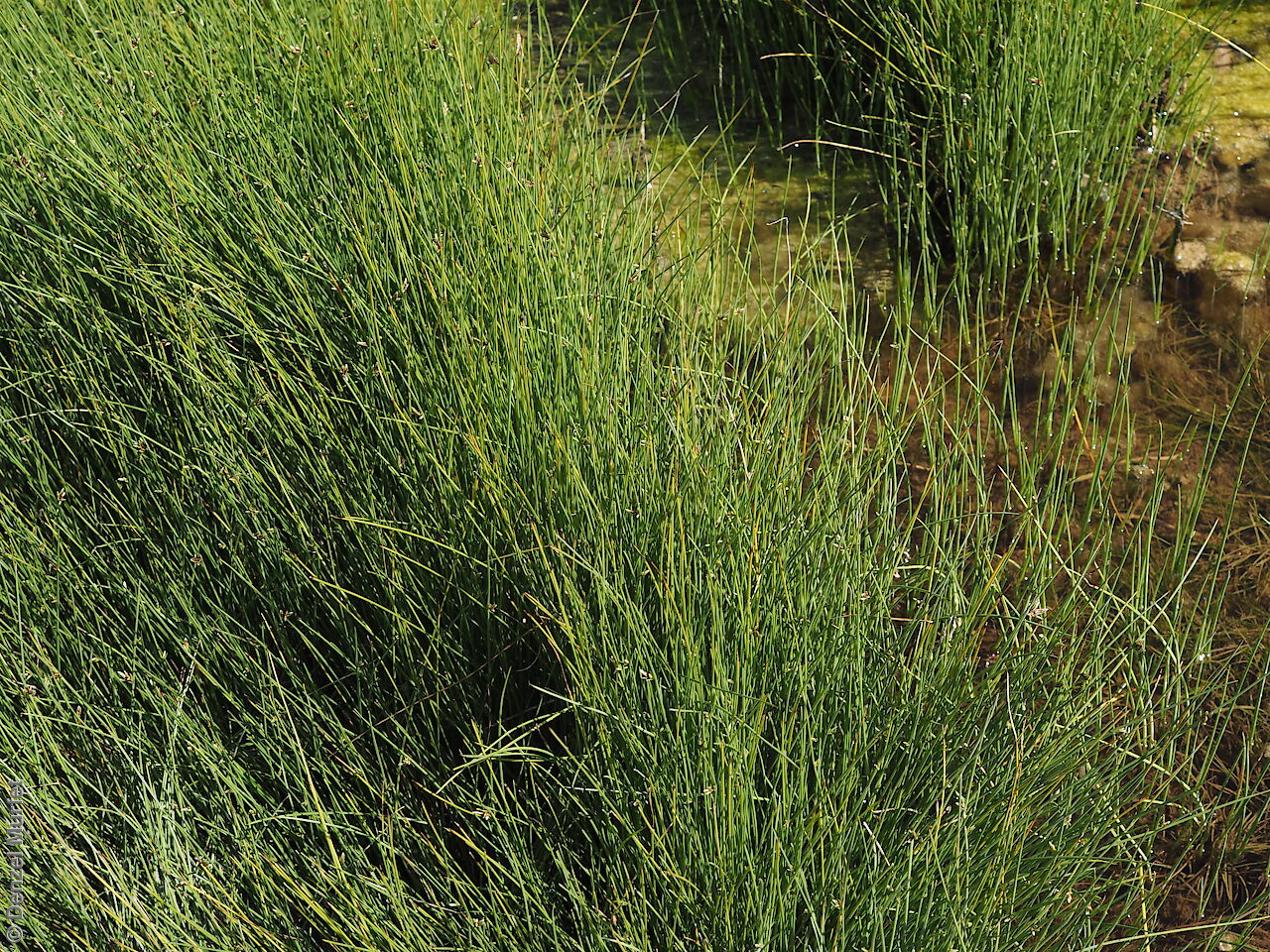
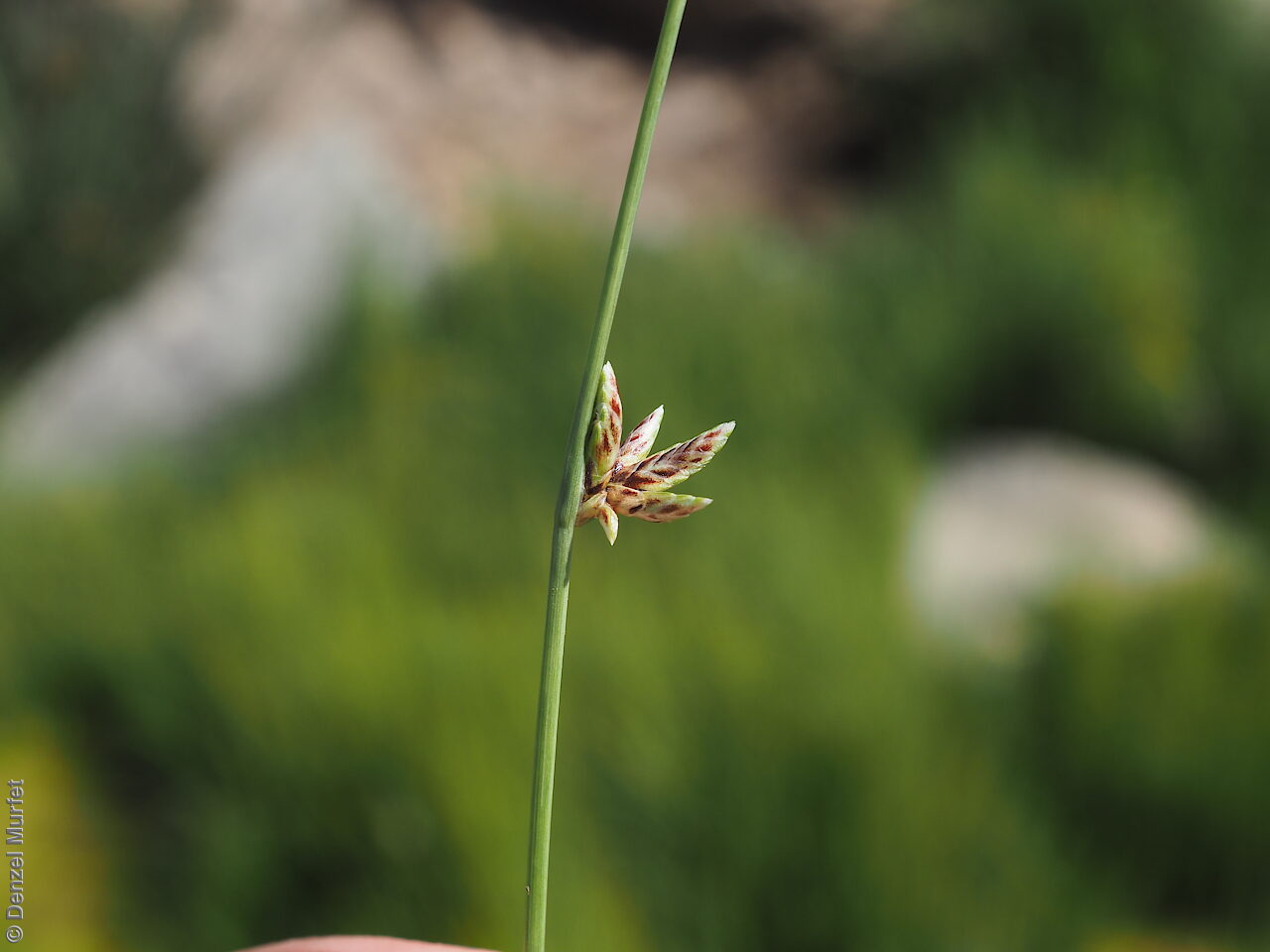
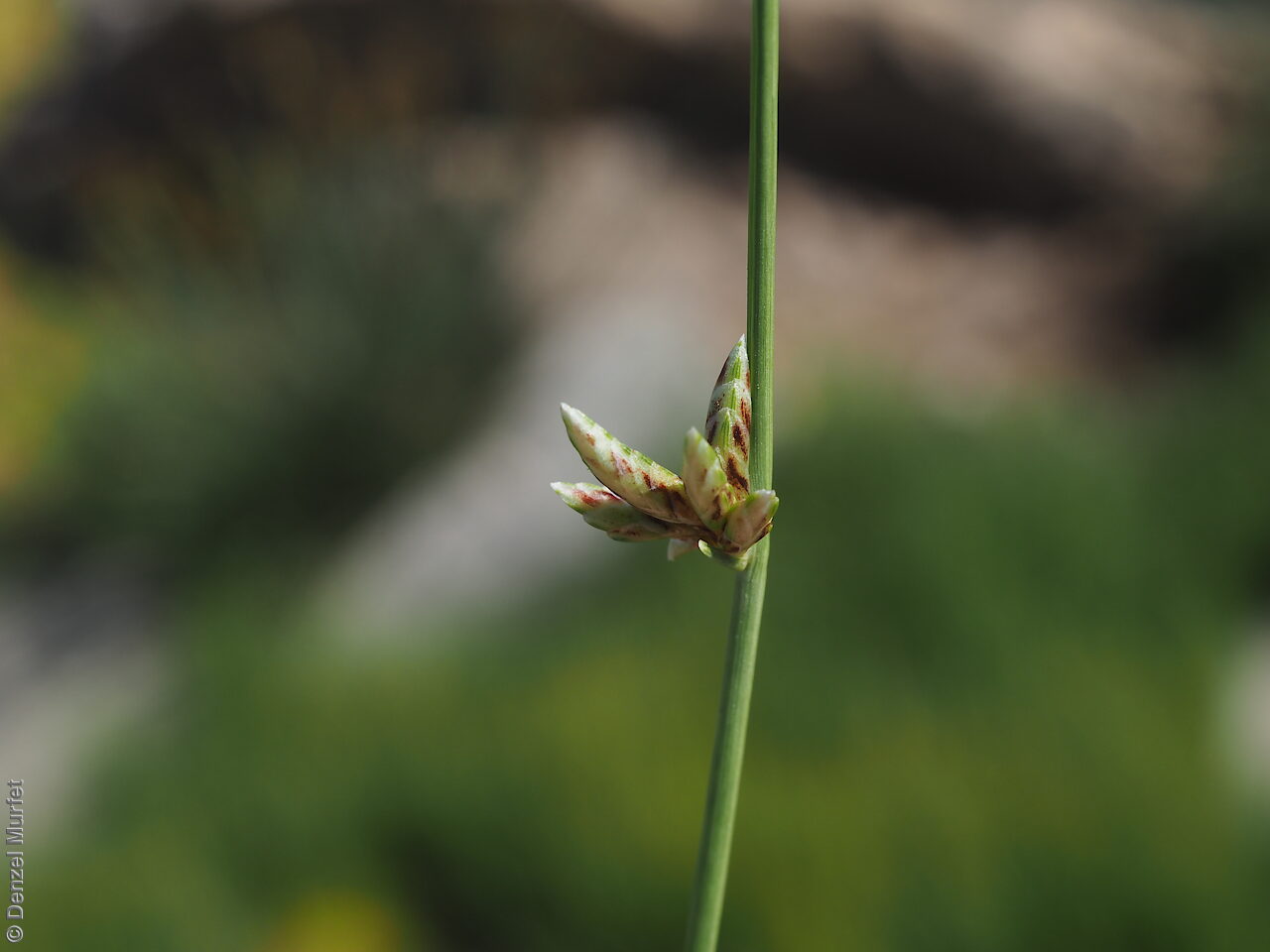
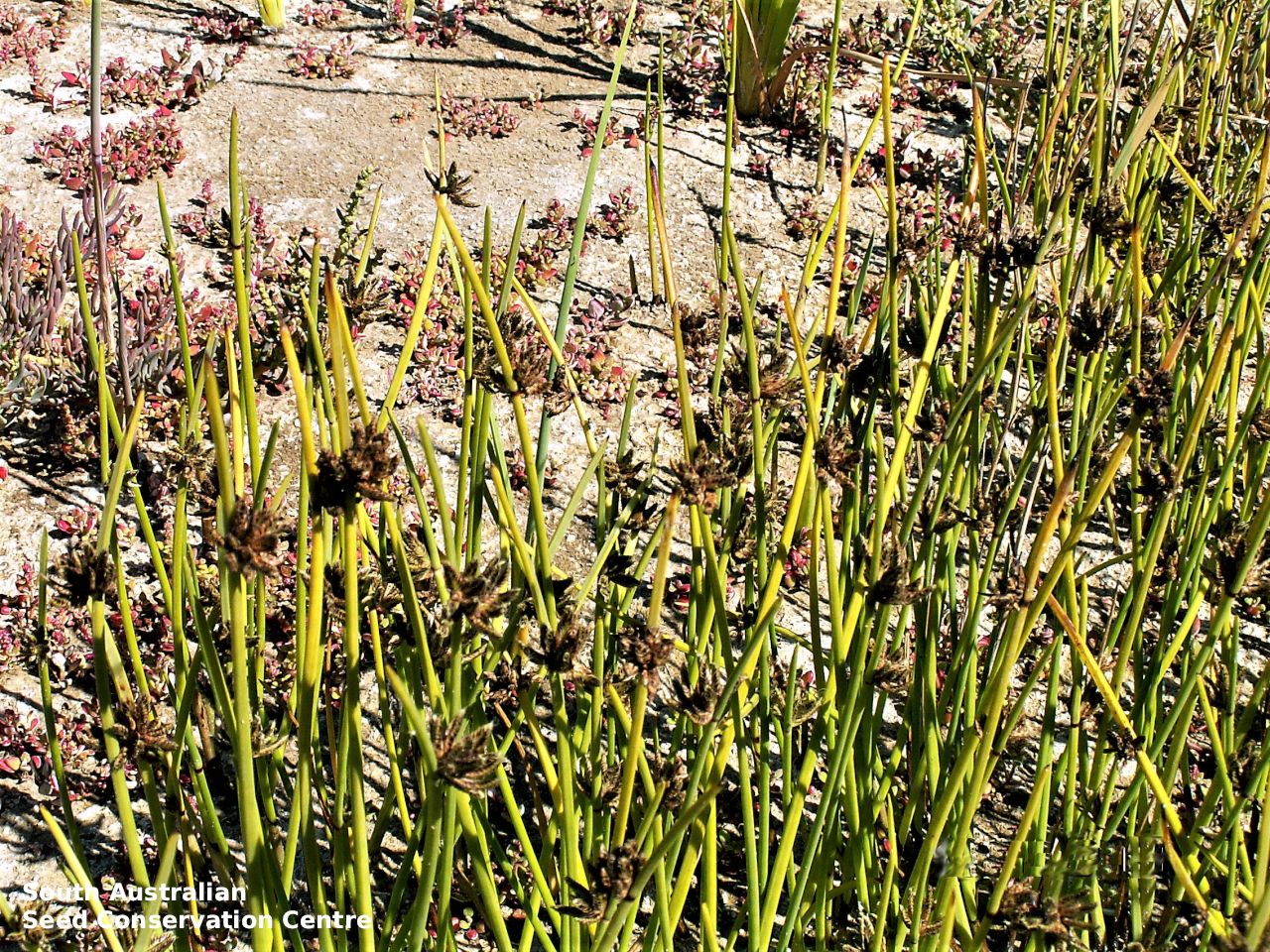
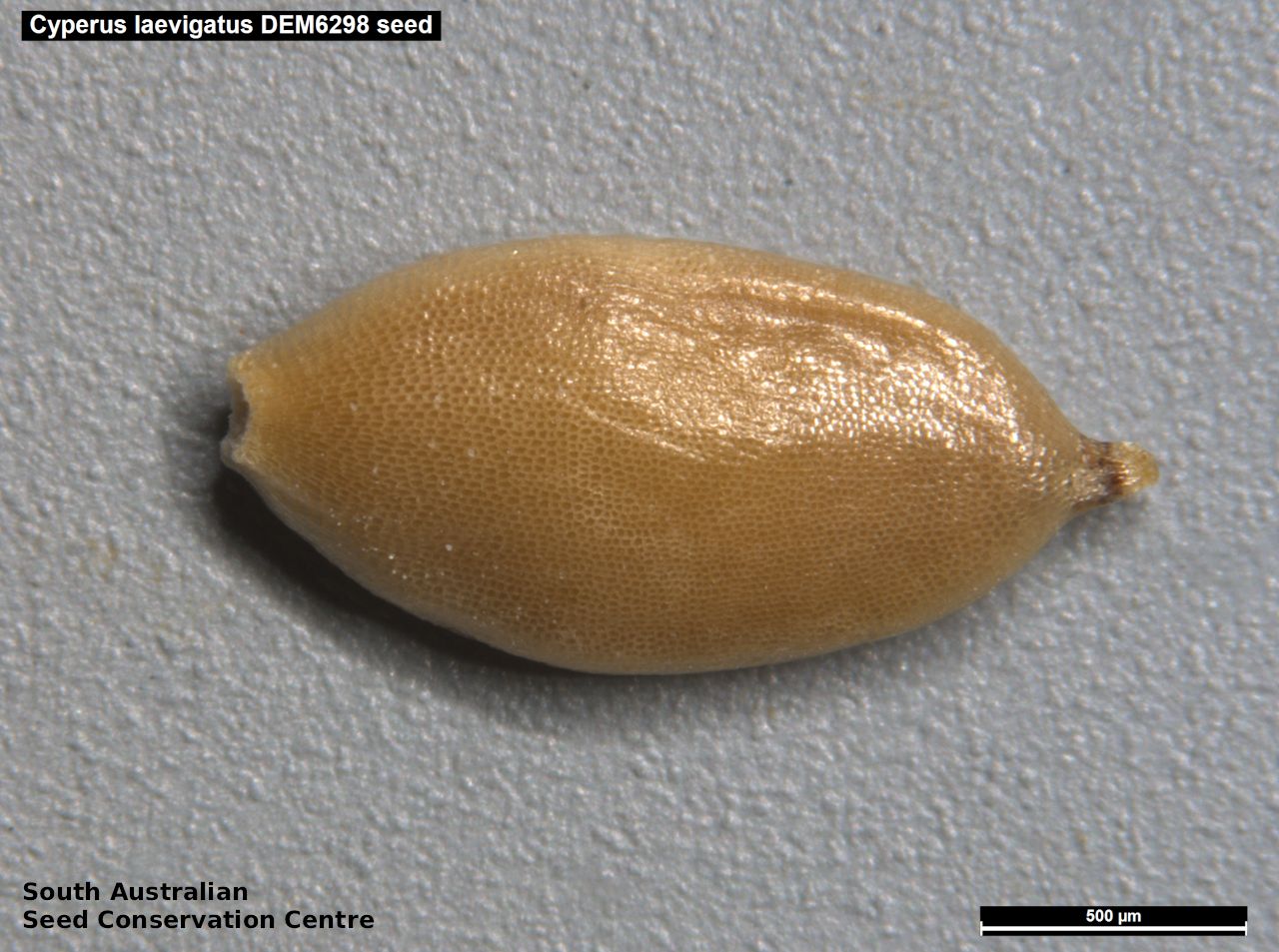
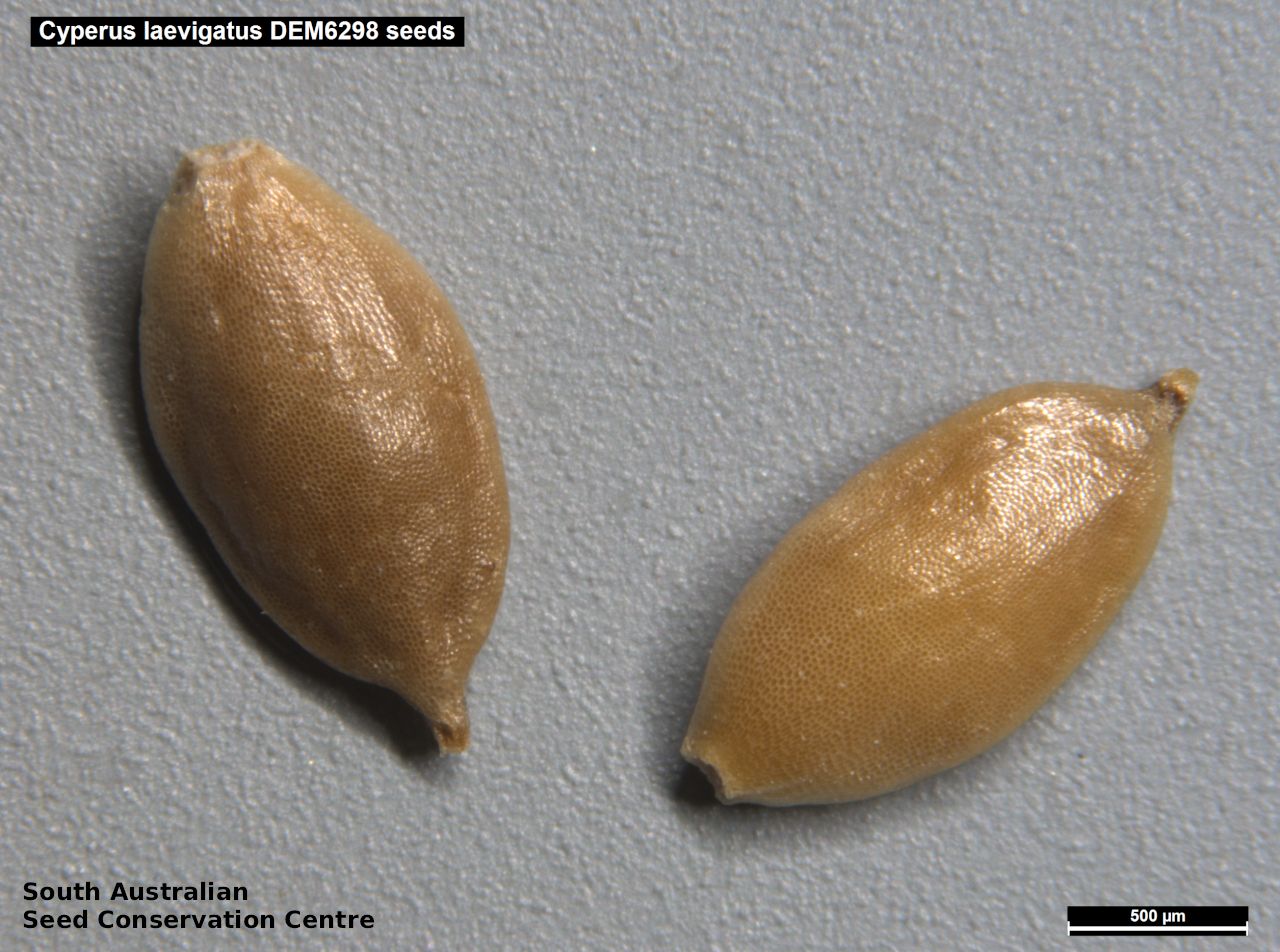
Regional Species Conservation Assessments per IBRA subregion.

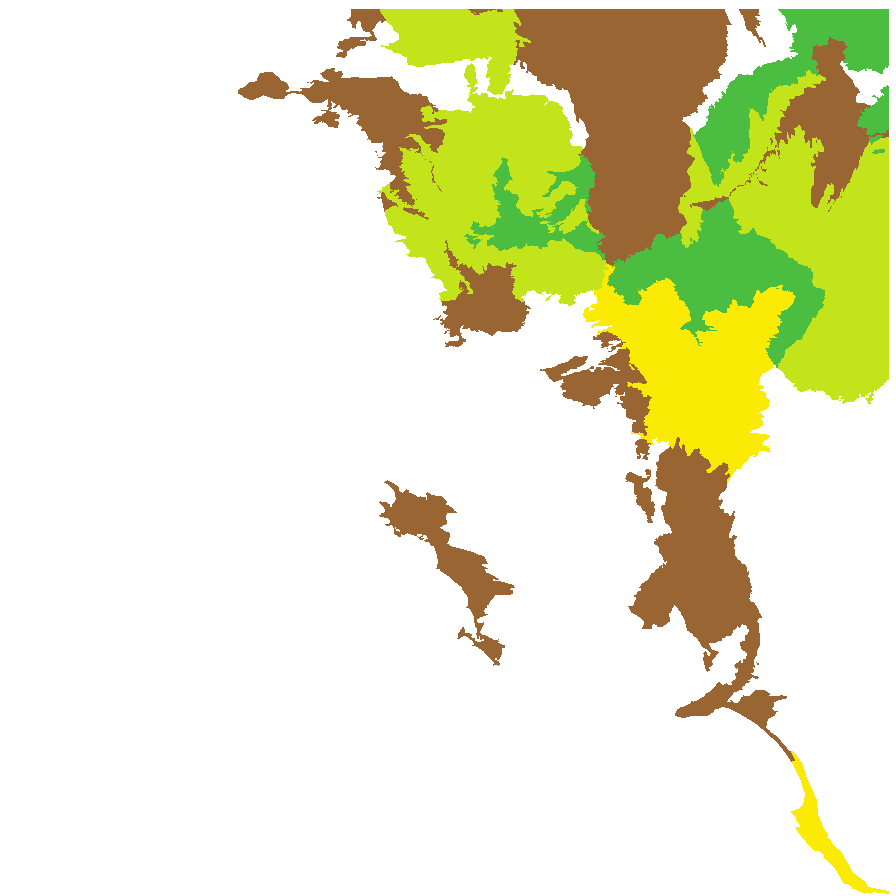
Least concern
Near threatened
Rare
Vulnerable
Endangered
Critically endangered
Extinct
Data deficient
Adelaide
Arkaroola
Ceduna
Coober Pedy
Hawker
Innamincka
Marla
Marree
Mount Gambier
Oodnadatta
Renmark
Wudinna
Keith
Yunta
Display IBRA region text
| Bridgewater (NCP01) | Naracoorte Coastal Plain | Vulnerable (IUCN: VU D2) |
| Fleurieu (KAN02) | Kanmantoo | Rare (IUCN: RA d(i,ii)) [likes salinity/brackishness] |
| Broughton (FLB02) | Flinders Lofty Block | Rare (IUCN: RA d(i,ii)) [tolerates salt] |
| Southern Flinders (FLB04) | | Rare (IUCN: RA d(i,ii)) [tolerates salt] |
| Northern Flinders (FLB05) | | Vulnerable (IUCN: VU D2) |
| Central Flinders (FLB06) | | Vulnerable (IUCN: VU D2) |
| St Vincent (EYB02) | Eyre Yorke Block | Rare (IUCN: RA d(i,ii)) [tolerates salt] |
| Talia (EYB04) | | Rare (IUCN: RA d(ii)) [tolerant to salt] |
| Murray Lakes and Coorong (MDD03) | Murray Darling Depression | Rare (IUCN: RA d(ii)) |
| Arcoona Plateau (GAW04) | Gawler | Rare (IUCN: RA d(ii)) [tough, salt tolerant] |
| Torrens (GAW06) | | Vulnerable (IUCN: VU D2) [limited habitat] |
| Simpson Desert (SSD02) | Simpson Strzelecki Dunefields | Rare (IUCN: RA d(i,ii)) [Purni Bore] |
| Dieri (SSD03) | | Rare (IUCN: RA d(ii)) |
| Warriner (SSD04) | | Least Concern [needs permanent water] |
| Strzelecki Desert (SSD05) | | Near Threatened |
| Breakaways (STP01) | Stony Plains | Rare (IUCN: RA d(i,ii)) [edge of range, limited habitat] |
| Oodnadatta (STP02) | | Near Threatened [needs permanent water] |
| Murnpeowie (STP03) | | Least Concern [needs permanent water] |
| Peake-Dennison Inlier (STP04) | | Near Threatened [needs permanent water] |
| Witjira (STP06) | | Near Threatened [needs permanent water] |
| Baltana (STP07) | | Near Threatened (Probable Increase) [needs permanent water] |
| Sturt Stony Desert (CHC02) | Channel Country | Least Concern [needs permanent water] |
| Coongie (CHC06) | | Rare (IUCN: RA d(i,ii)) [needs permanent water] |
| Everard Block (CER03) | Central Ranges | Rare (IUCN: RA d(i,ii)) [needs permanent water] |
| Bridgewater (NCP01) | Naracoorte Coastal Plain | Vulnerable (IUCN: VU D2) |
| Fleurieu (KAN02) | Kanmantoo | Rare (IUCN: RA d(i,ii)) [likes salinity/brackishness] |
| 4 of 6 subregions | Flinders Lofty Block | Rare , Vulnerable |
| 2 of 5 subregions | Eyre Yorke Block | Rare |
| Murray Lakes and Coorong (MDD03) | Murray Darling Depression | Rare (IUCN: RA d(ii)) |
| 2 of 8 subregions | Gawler | Rare , Vulnerable |
| 4 of 4 subregions | Simpson Strzelecki Dunefields | Least Concern , Near Threatened , Rare |
| 6 of 7 subregions | Stony Plains | Least Concern , Near Threatened , Rare |
| 2 of 4 subregions | Channel Country | Least Concern , Rare |
| Everard Block (CER03) | Central Ranges | Rare (IUCN: RA d(i,ii)) [needs permanent water] |
Botanical art
Kath Alcock paintings: 4
Prior names
Cyperus distachyos
Etymology
Cyperus from the Latin 'cyperos' and derived from the Greek 'kypeiros', an ancient Greek name used by Homer and Theophrastus for several plants of this genus. Laevigatus from Latin meaning smooth, polished, referring to the smooth and shiny stems.
Distribution and status
Found in eastern South Australia from the lower South-east to the Queensland border growing in brackish situations, near seashores and saltmarshes, inland in soakage from artesian bores. Also found in the Northern Territory, Queensland and New South Wales. Introduced to Western Australia. Native. Common in South Australia. Uncommon in the northern Territory. Common in the other States.
Herbarium regions: North Western, Lake Eyre, Gairdner-Torrens, Flinders Ranges, Eastern, Eyre Peninsula, Northern Lofty, Murray, Southern Lofty, South Eastern
NRM regions: Adelaide and Mount Lofty Ranges, Alinytjara Wilurara, Eyre Peninsula, Northern and Yorke, South Australian Arid Lands, South Australian Murray-Darling Basin, South East
AVH map: SA distribution map (external link)
Plant description
Perennial sedge with long thick rhizome. Culms tufted or distant, terete or trigonous; smooth, to 60 cm high and 2.5 mm diameter. Leaves reduced to sheaths or the uppermost often with blade to 10 cm long. Inflorescence of 1-16 spikelets, spreading in a single dense, apparently lateral sessile head, a deep reddish-brown or purplish to pallid; oblong-lanceolate, turgid, to 20 mm long and 4 mm wide with 12-30-flowers, often curved or twisted. Flowers throughout the year. Fruits are flat, reddish brown fruit-head in long clusters. Seed embryo type is capitate.
Seed collection and propagation
Collect seeds between January and December. Collect fruits by picking off the mature heads, those turning a brown colour and come-off easily. Place the heads in a tray and leave to dry for one to two weeks. Then rub the heads with a rubber bung to dislodge the seeds. Use a sieve to separate any unwanted material. Store the seeds with a desiccant such as dried silica beads or dry rice, in an air tight container in a cool and dry place.
| Location | No. of seeds
(weight grams) | Number
of plants | Date
collected | Collection number
Collection location | Date
stored | % Viability | Storage
temperature |
MSB |
5,000 (1.87 g) | 50 | 18-Jan-2007 | RJB71225
Northern Lofty | | | |
Location: BGA — the seeds are stored at the Adelaide Botanic Gardens, MSB — the seeds are stored at the Millennium Seed Bank, Kew, England.
Number of plants: This is the number of plants from which the seeds were collected.
Collection location: The Herbarium of South Australia's region name.
% Viability: Percentage of filled healthy seeds determined by a cut test or x-ray.








